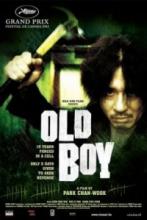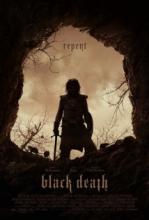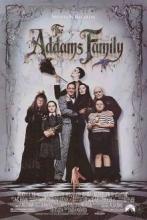Nation-threatening disease pandemics, religious fanaticism, crises of faith and persecution, terroristic threats....sound familiar? Nope, it's not popular upheaval in middle-eastern countries or fringe congregations in the south. It's 1348, and the Bubonic Plague (not designated until centuries later) is in full swing in England. Known simply as "the pestilence", the plague is seen as a punishment by God for the sins of Medieval man, ravaging cities and villages and leaving nearly half the population dead.
The film opens with a question of faith. We find that even amid the despair, love survives. A young monk, Alex (Eddie Redmayne) and village girl, Averill (Kimberely Nixon) carry on a love affair that leaves both fearing God’s wrath. Alex prays for a sign and his answer comes in the form of Ulrich (Sean Bean) and his motley band of Euro-jihadis. Ulrich and his crew are traveling to a remote village, rumored to be untouched by the plague, to investigate reports of “godlessness”. His band needs a guide, and wouldn't you know it but young Alex knows the area. Alex volunteers, seeing it as his divine sign and an opportunity to see his love beyond the watchful eyes of the church.
This is, of course, all set-up for the premise and themes that saturate this film; the attempt to reconcile love and religion, the violence of fanaticism, and the different, sometimes destructive, ways in which people embrace faith. By way of efficient exposition, one of Ulrich’s men gives Alex a quick rundown of each of the would-be witch hunters. A lunatic, an executioner, criminals and disgraced crusaders, all following this holy quest under Ulrich’s payroll. Not exactly the kind of religious fanatics one would expect from men with such a grim duty, but what his men lack in religious fervor, Ulrich more than compensates.
In one of the more well-written bits of backstory, Wolfstan (John Lynch), a former soldier and the only other pious man in Ulrich’s contingent, tells the story of a battle with the French. He introduces Alex to the misericorde, a small stiletto knife used to mercifully end a wounded soldier’s life. However, after particularly bloody battle, the King orders his soldiers to massacre the wounded. This act, Wolfstan explains, is what created the pestilence. This series illustrates the mind of the Medieval Christian, and allows us to understand the insanity that ensues throughout the film.
Full disclosure, I’m a huge fan of Sean Bean. He is a nuanced actor, a product of classical English training, and massively talented in a variety of roles. However, he has etched himself a profitable niche in the fantasy and historical epic genres. At one point his band happens upon an old school witch burning; pile of wood, shrieking woman, incensed mob of villagers. Ulrich strides through them, cutting the woman down before the pyre is lit, and seemingly comforts her. However, as the camera pans form foreground to background, we see Ulrich kill her with his misericorde. A mercy killing, he explains later, to an appalled Alex.
The thematic richness of this film is well worth the viewing, and some of the characters I even found myself caring about. (To avoid spoiling anything, I’ll refrain from mentioning which ones.) If there is a major shortcoming in this movie, it’s Smith’s complete inability to resolve the plot. Without spoiling the resolution of the film, he simultaneously negated any possible sequel and attempted to tie together a plot that would have been more powerfully realized had it been left open. Concerning questions of faith, there is no answer. Period.
So a day after viewing? I give it a C+. Some characters were better written, better acted, and more interesting than others. The plot will not leave any wanting, save the last fifteen minutes. The sets, the costumes, props; every frame is 100% believably 1348 A.D. If you love the time period you’ll be very happy. If you enjoy the themes, which are still very current, you’ll appreciate the treatment. If you’re a big fan of tight pacing, dialogue, I would encourage you to stop the film roughly 15 minutes before the end.










